Beyond Versailles
Beyond Versailles
The 1919 Moment and
a New Order in East Asia
Edited by
Tosh Minohara and Evan Dawley
LEXINGTON BOOKS
Lanham Boulder New York London
Published by Lexington Books
An imprint of The Rowman & Littlefield Publishing Group, Inc.
4501 Forbes Boulevard, Suite 200, Lanham, Maryland 20706
www.rowman.com
6 Tinworth Street, London SE11 5AL, United Kingdom
Copyright 2021 The Rowman & Littlefield Publishing Group, Inc.
All rights reserved . No part of this book may be reproduced in any form or by any electronic or mechanical means, including information storage and retrieval systems, without written permission from the publisher, except by a reviewer who may quote passages in a review.
British Library Cataloguing in Publication Information Available
Library of Congress Cataloging-in-Publication Data
ISBN 978-1-4985-5446-6 (cloth)
ISBN 978-1-4985-5447-3 (electronic)
Library of Congress Control Number: 2020944425
 The paper used in this publication meets the minimum requirements of American National Standard for Information SciencesPermanence of Paper for Printed Library Materials, ANSI/NISO Z39.48-1992.
The paper used in this publication meets the minimum requirements of American National Standard for Information SciencesPermanence of Paper for Printed Library Materials, ANSI/NISO Z39.48-1992.
Contents
Evan Dawley and Tosh Minohara
Evan Dawley
Tze-ki Hon
Peng Chunling
Tatiana Linkhoeva
Junghoon Lee
Tosh Minohara
Tadashi Nakatani
Torsten Weber
Noriko Kawamura
G. Clinton Godart
Frederick R. Dickinson
Diplomatic historians share the tendency of wanting to pursue the origin of key moments in history, whether it be a major treaty, war, revolution, or some other calamity. Thus, it is only naturalat least for one editorto share the origins of this truly international academic endeavor. Our notes show that initial members of this project came together in 2015. The two editors had posited several key research questions whereby we asked for individual responses based on their historical expertise. From this the project grew to consist of twelve very diverse members in not only gender and nationality but also their approaches to history as well as the core subject matter of interest. Most had not known each other prior to the launch of this project, but soon they realized the enormous synergies that could be produced by a group that viewed history from such different vantage points. The culmination of these efforts is this very volume.
But the roots of this bookbased on our conviction that the study of history needs to be internationalized so that we can grasp new narratives based on new normscan actually be traced further back. Our very first project in our quest to internationalize the study of history led to the publication of Tumultuous Decade: Empire, Society, and Diplomacy in 1930s Japan (2013), edited by Masato Kimura and Tosh Minohara. The volume examined Japans challenge to the international system from 1931 to 1941 by utilizing various lenses of observation that encompassed diplomatic, economic, intellectual, scientific, and cultural history. Within the chapters, the contributors showed that Japan did not seek to challenge the international system until much later in the decade due to the result of persistent (and stubborn) efforts and the influence of Japanese individuals and groups that held a more cooperative vision of international relations. This naturally challenged head-on the Fifteen-Year War thesis that had long held sway in understanding the events that led to Pearl Harbor.
This examination of the 1930s piqued our interest in another decade altogether: the 1910s as the centennial of the Great War was approaching. An examination of the 1910s was critical as it was the decade in which Japan emerged as the preeminent power in Asia, and sought to work with the powers so that it could be included in the elite and exclusive club hitherto only comprised of predominantly white nations. It was in in this decade that Japan moved to annex Korea (1910) while also finally being unshackled from the so-called unequal treaties with the United States (1911). But treaty equality did not necessarily lead to racial equality and Japans new global prominence contributed to the perception of its immigrantsparticularly in Californiaas a serious threat. Hence, Japanese immigrants became targets of racially motivated legal harassment (1913) which in turn injured Japanese national pride. Thus, while Japan sided with the Allied Powers against the Central Powers during World War I, it was amidst this global conflict that Japan showed its renewed eagerness in establishing its own sphere of influence on the Asian continent (1915). This volume was published as The Decade of the Great War: Japan and the Wider World in the 1910s (Brill, 2014) with Tosh Minohara, Tze-ki Hon, and Evan Dawley as coeditors. This was a vastly more ambitious project than the first, both in scope and contributors, as it brought in scholars from North America, Asia, and Europe. The volume challenged the long-standing view held by historians of the Great War as to the primary causes of the historical changes that effectively ended the long nineteenth century by placing the emerging power, Japan, front and center. The volume argued for two chronological investigative arcs, one of which revolved around the war years, 19141918, and the other of which extended back to the 1880s and forward to the 1930s.
This collaborative effort made Minohara much more aware of the fact that 1919 was a year of tremendous importance as it led to a seismic shift in global politics. The transformations that took place were not only huge but extensive. Unfortunately, this pivotal year has been largely misinterpreted by scholars of international history who mostly operate in an environment that is dominated by Western languages. Naturally, this tends to unwittingly marginalize East Asian state and non-state actors to a subordinate or secondary position. But was Japan, and perhaps even China and Korea, truly a non-relevant (or behind the scenes only) global player? With this as a starting point, he once again initiated a new collaborative project and as a result was able to assemble a group of bright academics from around the globe, spanning North America, Western Europe, Russia, Japan, China, and South Korea. The primary goal of the new joint effort was to forge a more comprehensive and holistic understanding of the roles that East Asia and East Asians played at this critical junture in the first half of the twentieth century.
The final product of the endeavor that Minohara launched is this very volume, which completes the trilogy that together covers more than three decades. Throughout this intellectual journey, there is just one other scholar who has contributed to all three volumes. This person is Evan Dawley, who Minohara first met over twenty years ago when Dawley was a graduate student at Harvard University and he was a visiting professor at the Reischauer Institute of Japanese Studies. Although their primary academic interests and approaches to history are quite different, they have remained good friends and possess the utmost respect for each other. As a consequence, it was only natural that the two would join hands in their intellectual quest to link the 1910s and the 1930s with the help of leading international scholars of this period.
The compiled volume combines new empirical research and alternative approaches to a transformative moment that took place just over a century ago. Historians often discuss 1919 as a year that became the terminus to the old imperial world order, a time of contesting ideological visions, and the beginning of a shift in the global center of gravity westward across the Atlantic Ocean, that is, the beginning of Pax Americana. With this in mind, we begin from the standpoint that prevailing conceptions of this moment do not fully consider the manner in which Northeast Asians helped shape the inter-war world and defined their own realities within that context. With this as the point of departure, we have utilized original research and interpretation to argue that the multifarious efforts of individuals and groups within Northeast Asia both engaged as well as contested the prevalence of European-American hegemony. As readers of this book will see, we arrive at the conclusion that Japanese, Chinese, Koreans, and Mongolians challenged that hegemony which led to cracks within the new world order during the inter-war years.

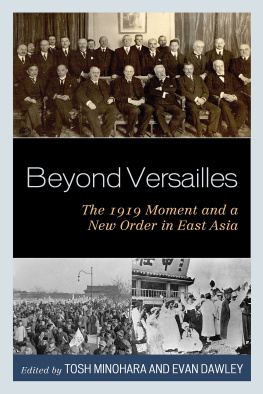
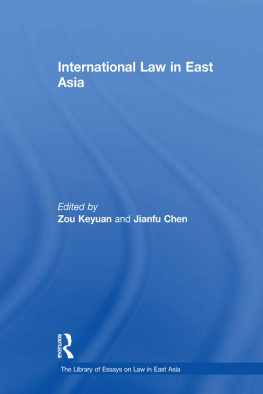



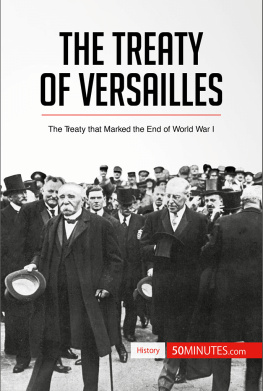
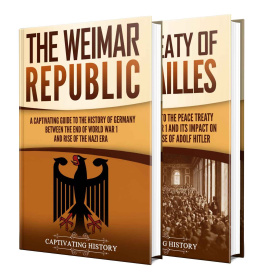
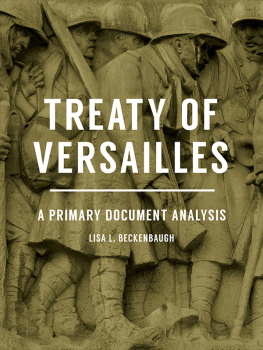
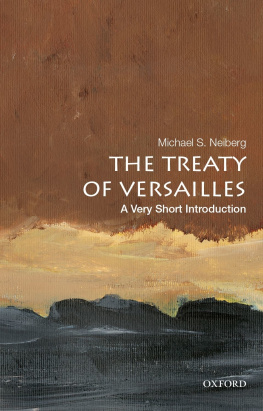
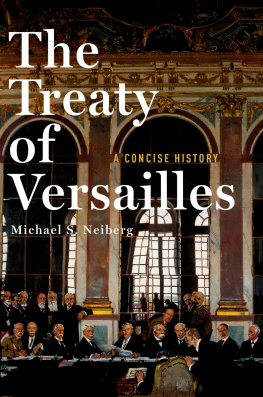
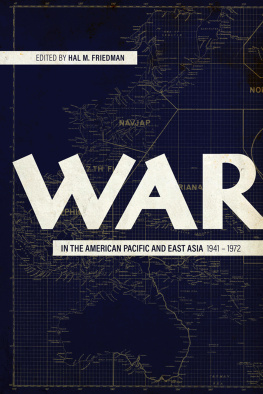
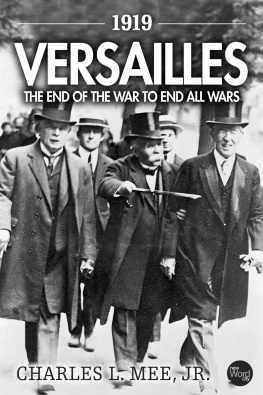

 The paper used in this publication meets the minimum requirements of American National Standard for Information SciencesPermanence of Paper for Printed Library Materials, ANSI/NISO Z39.48-1992.
The paper used in this publication meets the minimum requirements of American National Standard for Information SciencesPermanence of Paper for Printed Library Materials, ANSI/NISO Z39.48-1992.